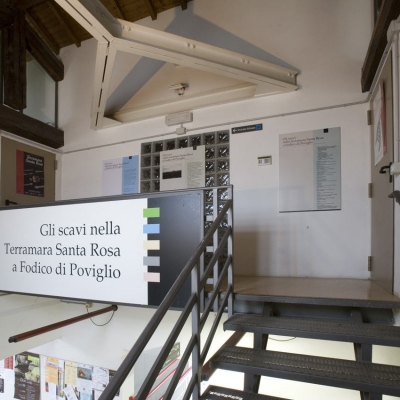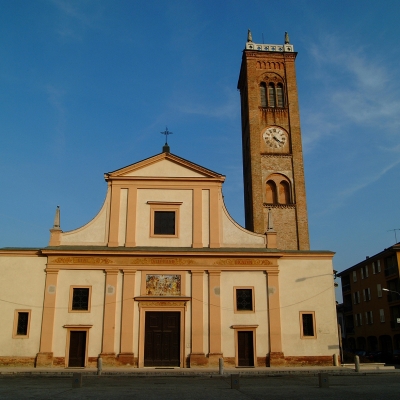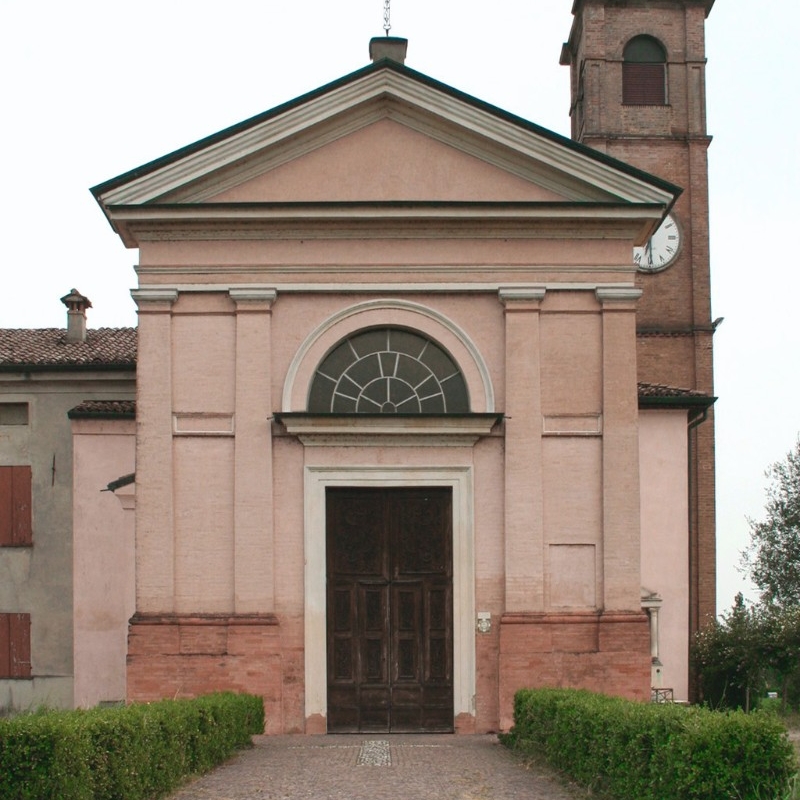Poviglio
The birth of Poviglio is linked to a Roman legend according to which the founders were two PUPILII, two orphans, represented in the municipal coat of arms by two putti, hence the name of the city.
The area was home to settlements since the Bronze Age, so much so that 10 archaeological sites have been found that have brought to light some terramaric settlements, including the Terramara di Santa Rosa. The Terramara of Santa Rosa, which covers 7 hectares, is a typical example of the Po Valley settlements of the Bronze Age that between the XV and the XII century BC were set in the central part of the Po Valley, constituting one of the greatest episodes of settlement in Europe. There are 4,000 square meters of ancient surface brought to light, making the S. Rosa excavation the largest in Europe and one of the largest in the world both by extension and by the type of research conducted. The "Santa Rosa" Terramara museum houses the materials coming from the same: ceramics, jewelry and utensils in bone and bronze, jewels in glass paste, and the remains of a Roman villa.
In Poviglio it is also possible to admire the Church of Santo Stefano dating back to the 12th century which houses a painting by the painter Carlo Zatti. The bell tower, built in the fourteenth century and remodeled several times, has an upper triple-glazed cell with a balustrade flat roof.
Another element of interest is the traditional cuisine, faithful mirror of a land rich in tradition and flavors and recipes such as the erbazzone, a special savory pie made with spinach, onions and parmesan. Excellent is also the production of cured meats and good Lambrusco, a fresh and light wine, the most exported Italian wine. In the festivals and fairs, cold cuts and lambrusco accompany the fried gnocco, the baked baked dough, the usual student snack and morning snack.
Among the typical desserts: Christmas tortellini, fried or baked in the oven with their delicious stuffing amalgamated with jams, walnuts or pebbles; the intrigoni or chat (in the carnival period), the spongata and the nocino, the infused par excellence of this land, of which every elderly lady has an exclusive recipe.



